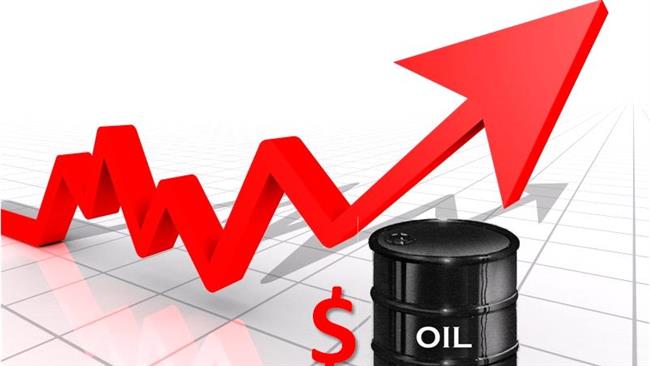Equity Markets
The stocks on Wall Street posted losses for a second straight day as sentiment was dented by the historic plunge in oil prices. In a nutshell, the storage capacity is the biggest driver of the collapse in oil prices. Essentially, it means that traders or investors holding contracts are willing to pay to avoid taking on physical barrels of oil causing crude oil futures to turn negative for the first time in history.
Wall Street ended in a sea of red on Tuesday:
- Dow Jones Average Industrial erased 632 points or 2.7% to 23,019
- S&P500 fell by 87 points or 2.2% at 2,737
- Nasdaq Composite ended 298 points or 3.5% higher at 8,263

On the earnings front, Coca-Cola Co, Philip Morris International, Netflix Inc and Snap Inc were among the key companies reporting quarterly results. Netflix reported its quarterly results after the bell.
The company reported a $5.8billion in revenue with a year-on-year growth of 27.6%. The number of subscribers came was above estimates and more than double its target with 15.77 million paid subscribers. The substantial growth came in March as the lockdown, and social distancing measures forced many more households to join Netflix.
However, the company warned that revenue and growth to decline mostly due to probable lift of the confinement measures, strong US dollar that is impacting international revenue growth and due to the lack of high-quality content following the pause in production. Netflix’s share price initially spiked during after-hours to trade flat on the report as despite, strong earnings results, the forecast for Q2 is uncertain.
Currency Markets
In a classic risk-off environment, major currencies were weaker than the US dollar as haven flows helped the greenback to edge higher. The Antipodeans and the British Pound were among the worst performers against the US dollar.

On the economic front, UK employment data and the ZEW Surveys were the main market-moving events:
- UK Jobs Reports The data was mixed – the official figures that jobless rate rose to 4.0% in February from the previous 3.9%. However, claimant count rose by 12.1k, far better than the 172.5k projected.

- ZEW Surveys across the Eurozone and Germany were also mixed. The bright spot was that Economic Sentiment in the Eurozone and Germany came out better-than-expected at 25.2 and 28.2, reversing the deep contraction of -49.5 seen in the previous month. The EURUSD pair ended relatively flat dragged by a stronger greenback.
- RBA Minutes: Even though a less-dovish minutes initially provided some support to the Antipodean, the collapse in the oil market and a stronger US dollar dragged the commodity currency to the downside. The AUDUSD was left at the broader sentiment of the markets, and the pair fell below the 0.63 level.
Oil Market
The oil market is trapped by a twin shock as lockdown measures triggered a collapse in demand. The historic production cuts failed to provide relief as investors and traders are facing a storage problem. They are willing to sell their contracts for a loss so that they do not have to take physical deliveries of barrels. The dramatic fall in demand means most storage facilities are running at full capacity. As of writing, WTI and Brent Crude are currently trading in the vicinity of $7 and $18 respectively amid a record-setting plunge.

Gold
Gold struggled to find a firm upside direction despite the risk-off tones mostly underpinned by the strength of the US dollar. However, the pair remain in elevated levels and the outlook remains positive given the uncertainties. As of writing, the XAUUSD pair is currently trading at the $1,687 level.















